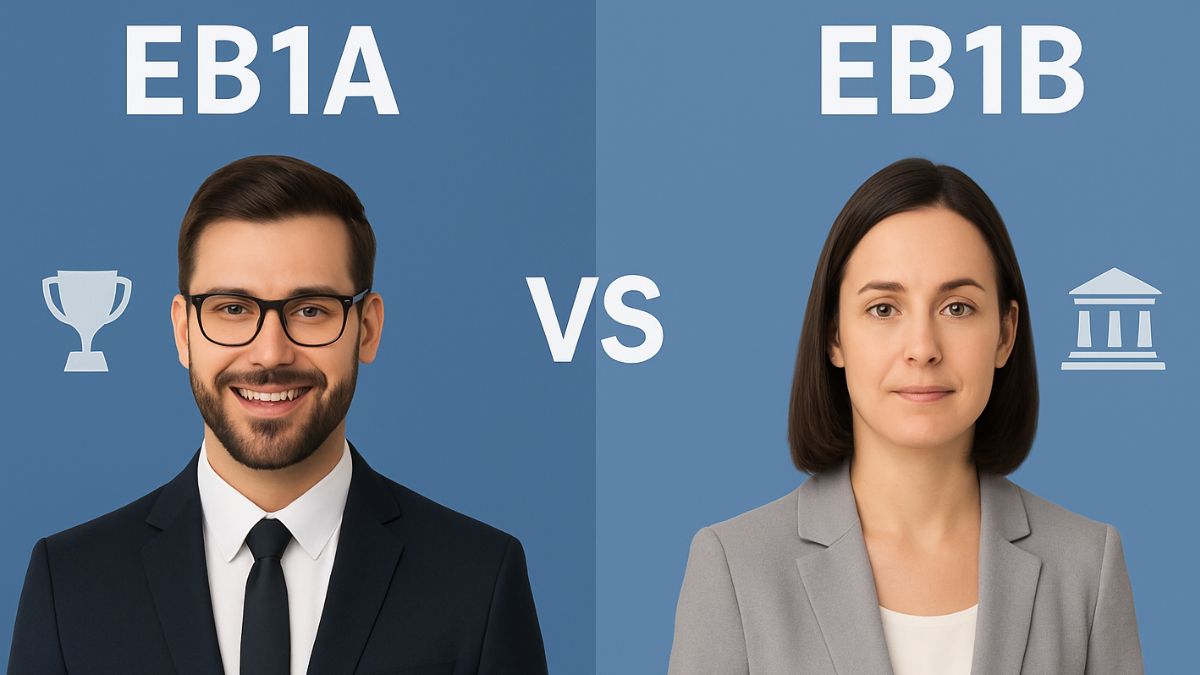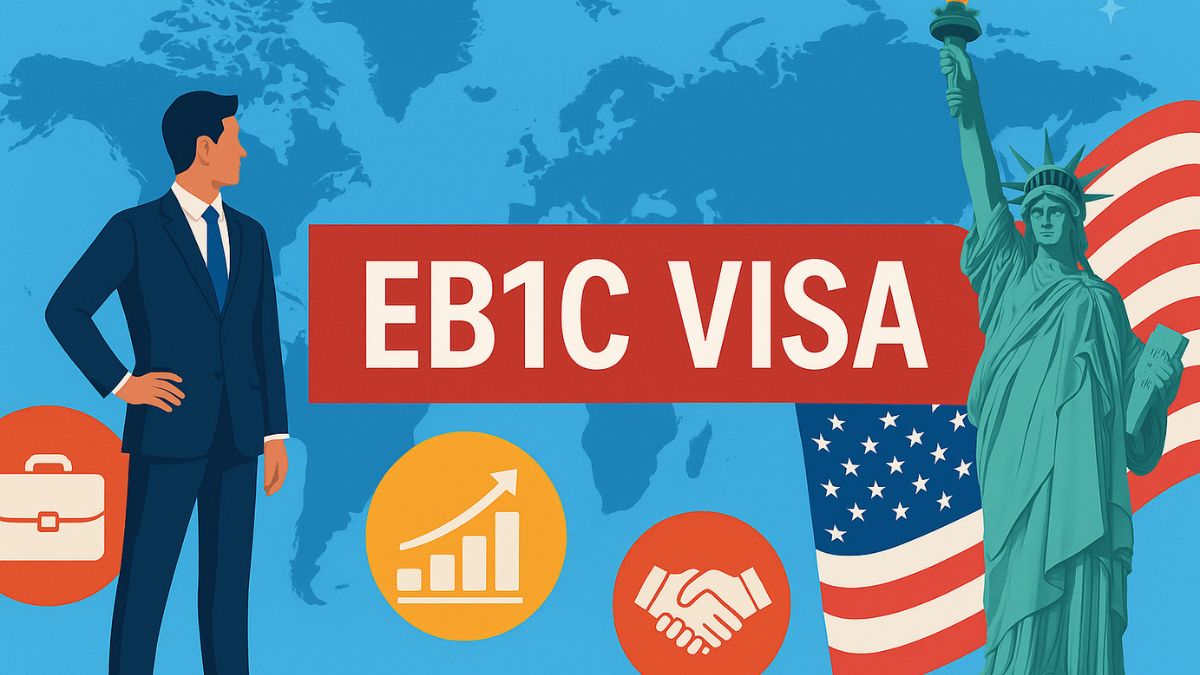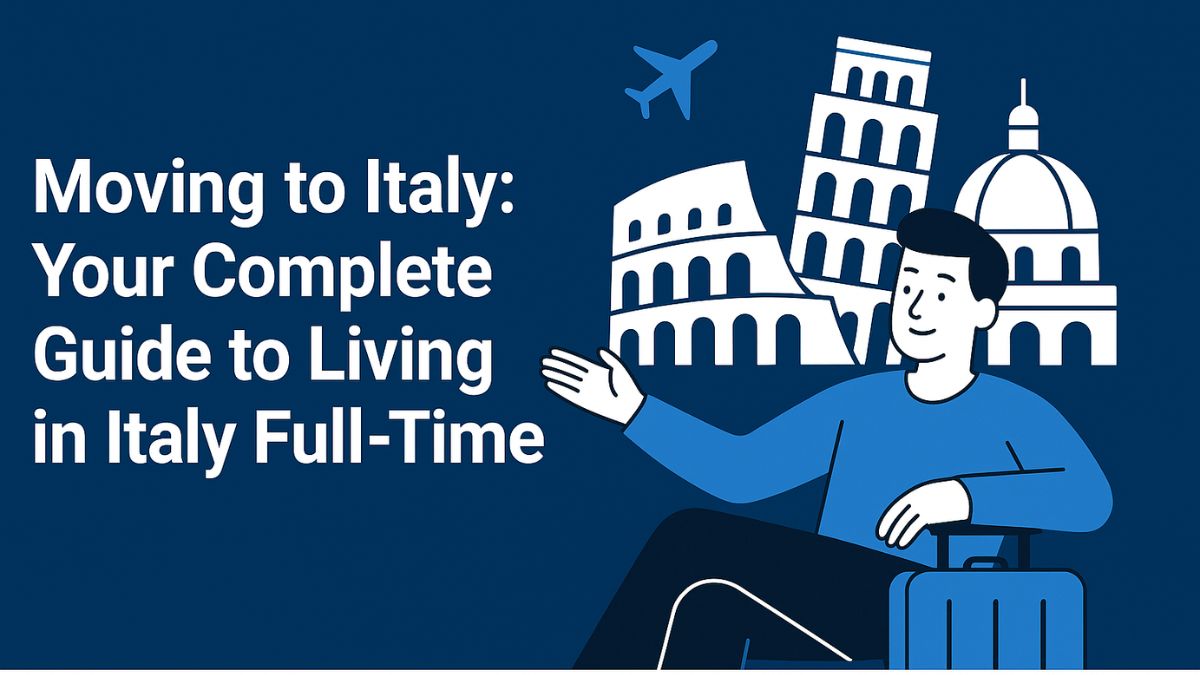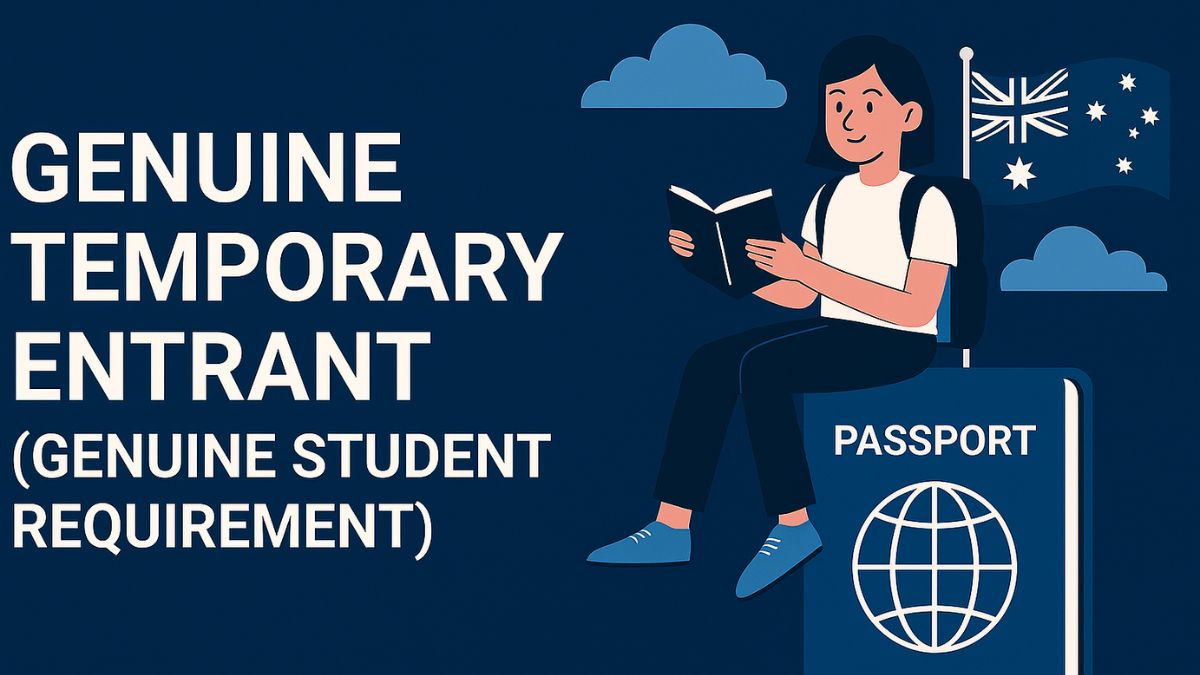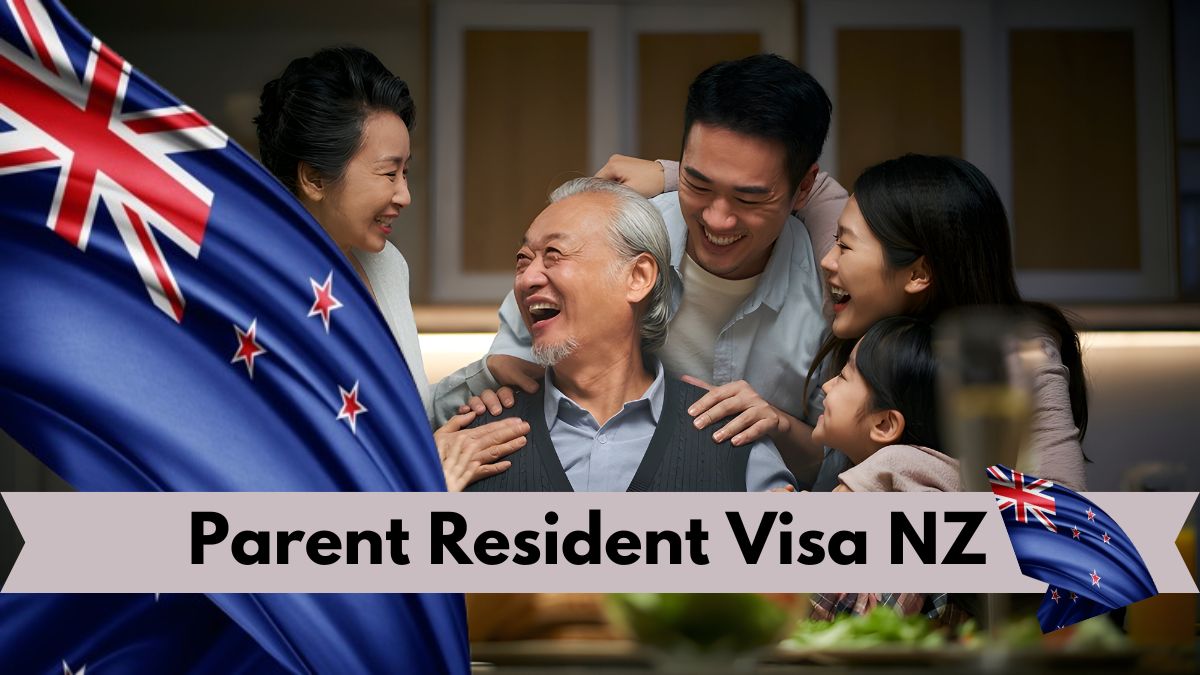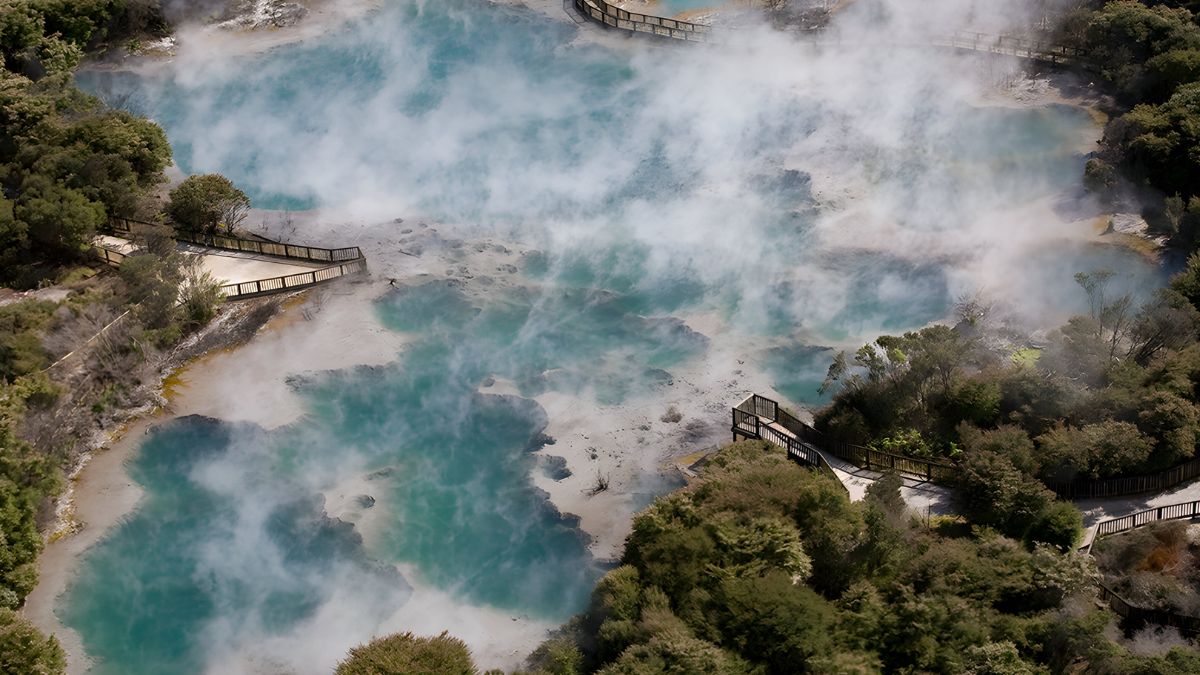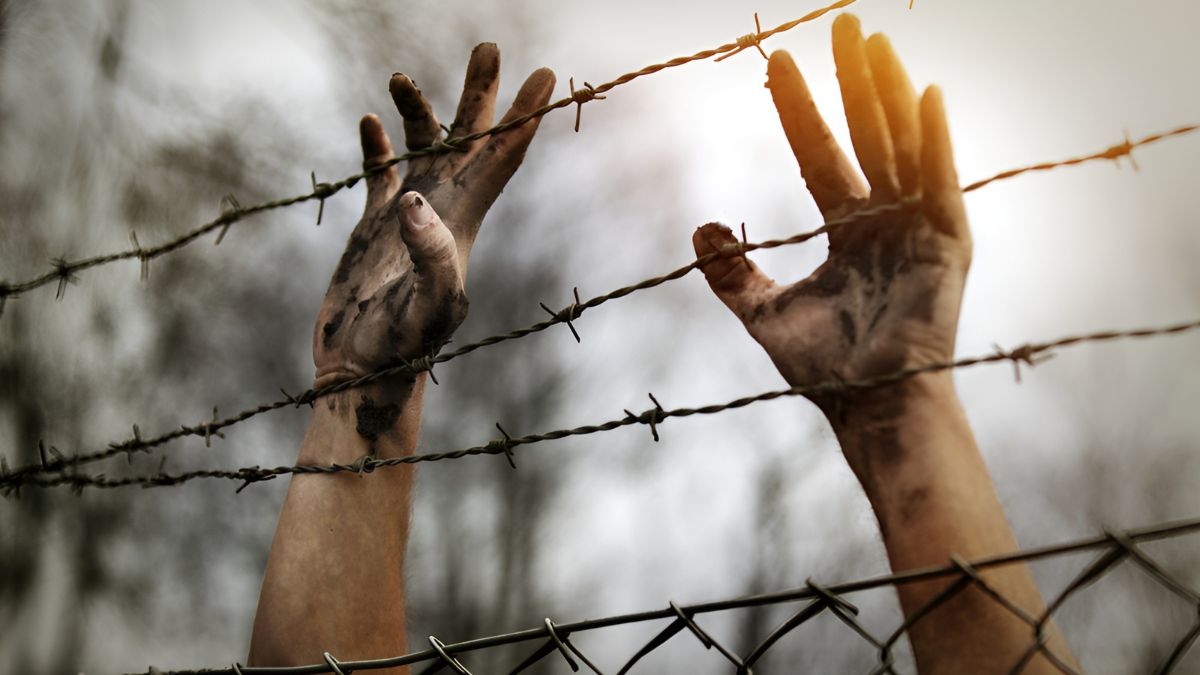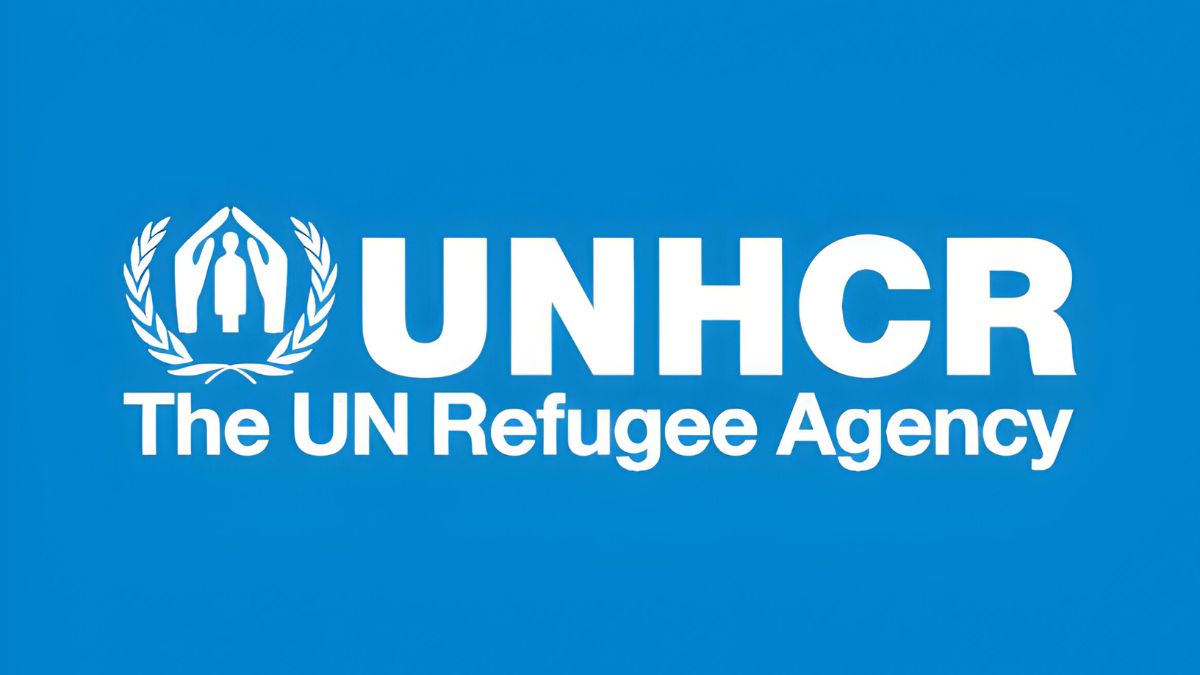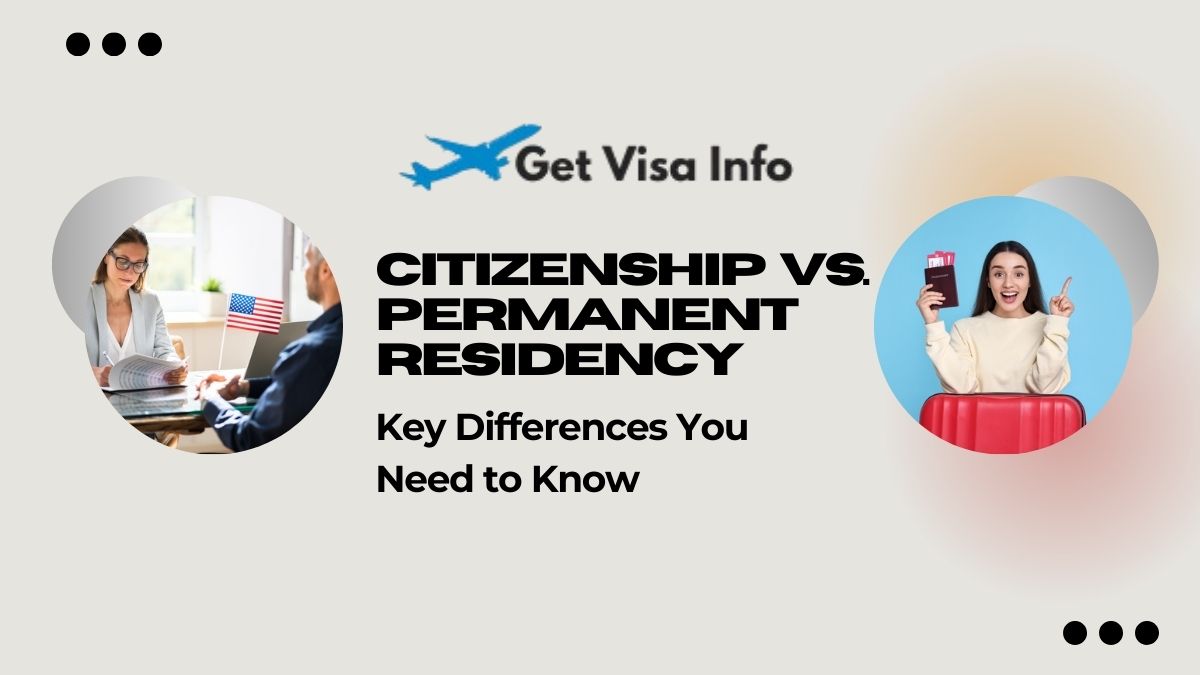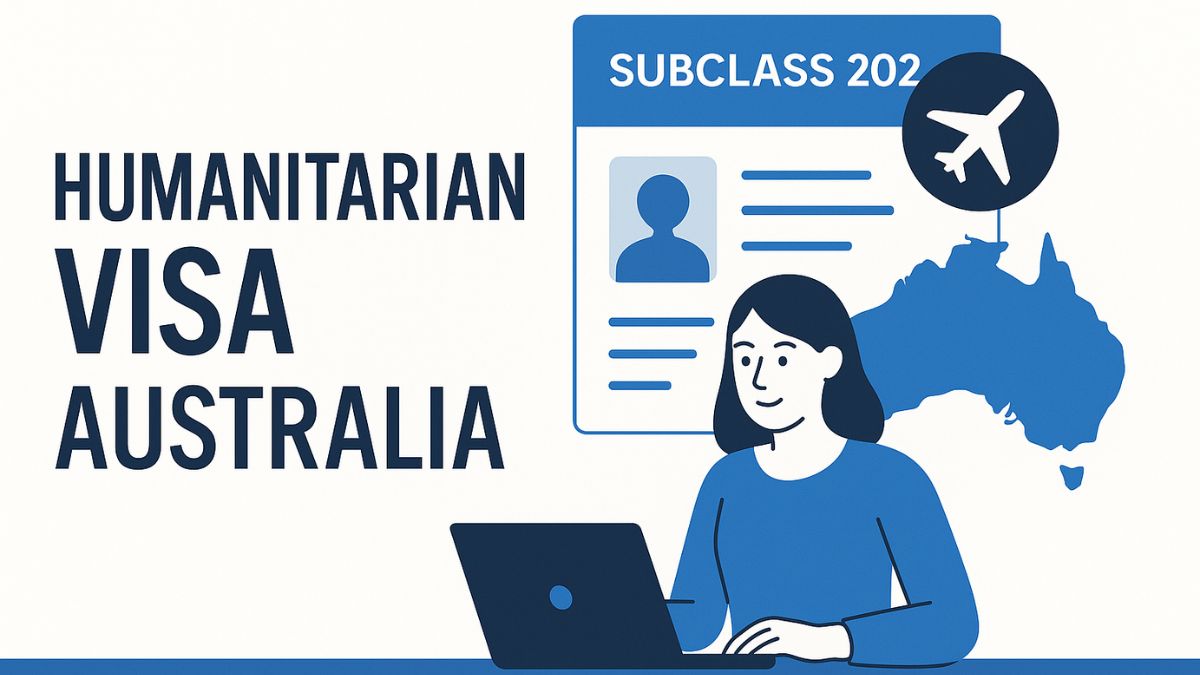
- April 19, 2025
- Heisenberg
- 0
Sometimes, life takes a turn that forces people to flee their homes — war, political upheaval, persecution, or just danger at every corner. Australia’s immigration system, known for its structure and complexity, also has a compassionate side. One key example? The Subclass 202 Humanitarian Visa.
If you’ve never heard of it, don’t worry — most people haven’t. But for those facing real danger or trying to help someone in a desperate situation, it’s a lifeline. Let’s unpack what the Subclass 202 Humanitarian Visa is all about, how it works, who it’s for, and how you or your loved ones can apply — step by step.
What Is the Subclass 202 Humanitarian Visa?
The Subclass 202 visa, officially known as the Global Special Humanitarian Visa, is part of Australia’s broader Humanitarian Program. It allows people outside Australia who are:
- Subjected to substantial discrimination or human rights violations in their home country, and
- Sponsored by an Australian citizen, permanent resident, or an eligible New Zealand citizen, or an organization based in Australia.
…to come and live in Australia permanently.
This isn’t a tourist visa. It’s not for adventure or exploration. It’s designed to help people rebuild their lives in safety and dignity.
Who Is This Visa For?
Great question. The Subclass 202 visa is for individuals who:
- Are outside of Australia at the time of application and when the visa is granted
- Are not a refugee, but are still at risk in their home country
- Are facing serious discrimination, threats, or human rights abuses
- Have a proposer (a family member or organization in Australia) who is willing to sponsor and support them
- Can pass health, character, and security checks
This visa category is distinct from the Refugee (Subclass 200) visa, which is reserved for people referred by the UNHCR (United Nations High Commissioner for Refugees).
Types of Discrimination or Harm Covered
You can’t apply just because conditions are tough. The Australian government takes this visa seriously, and applicants must show compelling circumstances. This includes:
- Religious persecution
- Ethnic or racial discrimination
- Political oppression
- Gender-based violence or abuse
- Threats from militia or corrupt authorities
- Denial of basic human rights such as education, healthcare, or freedom of speech
It’s essential to present credible evidence — this can include affidavits, reports from NGOs or human rights organizations, photographs, or written testimonies.
Step-by-Step: How to Apply for Subclass 202 Visa
Let’s walk through the application process — it’s lengthy and requires patience, but it’s manageable with the right support.
Step 1: Find a Proposer in Australia
To apply for a Subclass 202 visa, the first and most important requirement is having a proposer.
This can be:
- An individual (usually a family member or friend) who is an Australian citizen, permanent resident, or eligible New Zealand citizen
- A community organization, such as a church, NGO, or refugee support group
The proposer will fill out Form 681 – Refugee and Special Humanitarian Proposal, which outlines their commitment to support the applicant financially and emotionally upon arrival.
Step 2: Prepare the Application
The actual visa application is done through Form 842 – Application for an Offshore Humanitarian Visa.
This is where the applicant tells their story. It must be truthful, consistent, and supported by documents like:
- Personal statement explaining the persecution or discrimination faced
- Country condition reports (from UNHCR, Amnesty International, etc.)
- Police reports, medical records, or photographs
- Letters of support
You’ll also need:
- Valid passport or travel documents
- Birth certificate
- Identity documents
- Family relationship proof (if applying with dependents)
Step 3: Submit the Application (Online or Paper-Based)
Here’s where things get real. But the good news? You’ve now got options.
🖥️ Option A: Submit Online via ImmiAccount (Recommended)
The easiest and fastest way to apply these days is through ImmiAccount, the Department of Home Affairs’ online portal.
Here’s how:
- Create or log into your ImmiAccount:
- Select “New application”, then choose the “Refugee and Humanitarian (Class XB)” category.
- Upload:
- Form 842 (Application)
- Form 681 (Proposer’s form)
- All supporting documents, including identity, relationship, and persecution-related evidence
- Attach certified English translations if required.
- Submit and track the progress of your visa online.
📬 Option B: Paper-Based Lodgement (Old School)
Still possible, but slower. The entire application — Form 842 + Form 681 + all supporting documents — must be sent by post or courier to the Department of Home Affairs in Australia. Expect longer processing times.
Yes, old-school. No online uploads here.
Send it to:
Special Humanitarian Processing Centre
Department of Home Affairs
GPO Box 9984
Sydney NSW 2001
AUSTRALIA
Make sure all documents are in English or accompanied by certified translations.
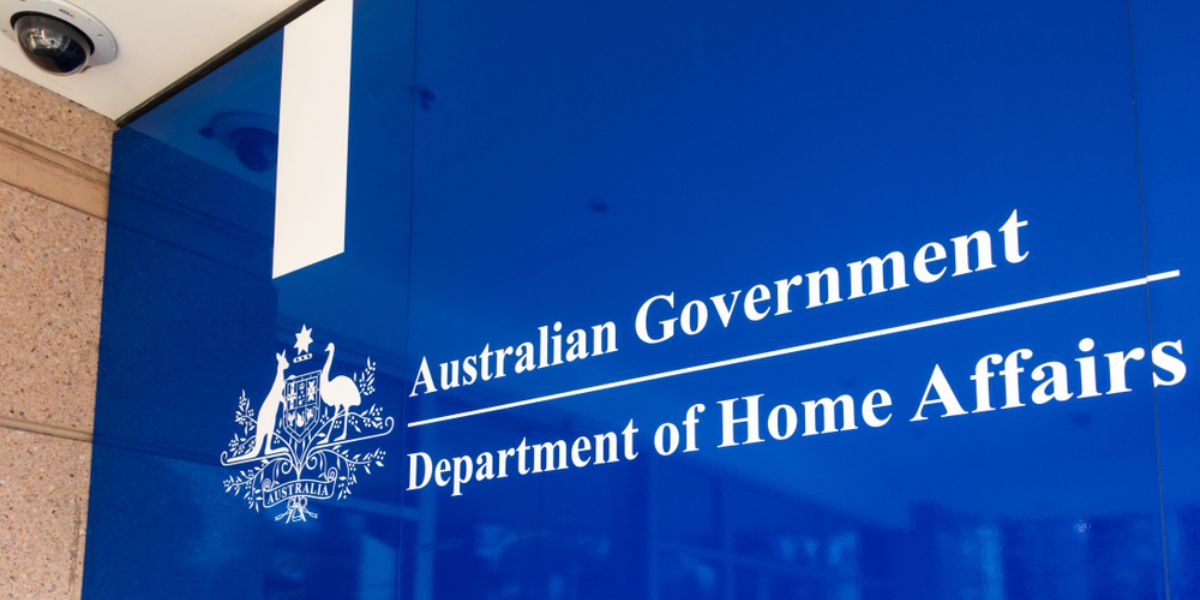
Step 4: Wait… and Wait
Once submitted, the processing times vary wildly. Some applicants hear back in 6 months; others wait over years.
During this time, the Department will:
- Assess the genuineness of the claim
- Conduct character and security checks
- Contact the proposer for interviews or additional information
- Possibly request a health check
It’s a long road — but this visa leads to permanent residency, so the stakes are high and the vetting is strict.
What Happens If You’re Approved?
🎉 If your Subclass 202 visa is granted, here’s what you get:
- Permanent residency in Australia
- Access to Medicare (Australia’s public health system)
- Right to work and study in Australia
- Access to some Centrelink social support services
- Option to apply for Australian citizenship after meeting residency requirements
And yes, your partner and dependent children can be included in the application.
You’ll also get help from the Humanitarian Settlement Program (HSP), which offers orientation services like housing assistance, language support, and job readiness training.
What If You’re Rejected?
If your application is refused, the Department will send you a letter explaining why.
Here’s the kicker: Offshore humanitarian visa decisions cannot be appealed through the Administrative Appeals Tribunal. You can try again, but you’ll need to present new information or circumstances.
Tips for a Strong Application
- Tell your story clearly: Write with emotion and honesty. Use plain language. Explain what happened to you and why you can’t return.
- Document everything: The more evidence you provide, the stronger your case.
- Get support from your proposer: They should be active, helpful, and ready to answer questions.
- Stay consistent: Any inconsistencies may raise red flags.
Pro tip: Reach out to refugee support organizations in Australia. Many can help guide you or your proposer through the paperwork.
Common Mistakes to Avoid
- Submitting incomplete forms
- Not including certified translations
- Providing inconsistent stories
- Using a non-eligible proposer
- Applying without enough supporting documentation
Wrapping It Up
The Subclass 202 Humanitarian Visa isn’t just another immigration form — it’s a pathway to safety, stability, and a new beginning. If you or someone you know is facing real danger and has a supporter in Australia, this visa could be the answer.
While the process may take time and require patience, the end result — permanent residency, access to healthcare, the ability to work and study, and the opportunity to build a new future — is invaluable.
It’s important to approach the application process with clarity and honesty, and ensure you have all the necessary documents and support. With the right guidance and preparation, this visa could be your path to security and a brighter future in Australia. Keep moving forward — the new chapter of your life could be just around the corner.
At the end of the day, knowledge is power, and that’s where we come in. Get Visa Info is your go-to guide for travel, visa info, food tips, and more — all in one place. We help you move smarter, dream bigger, and plan better.




